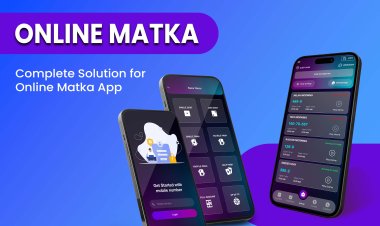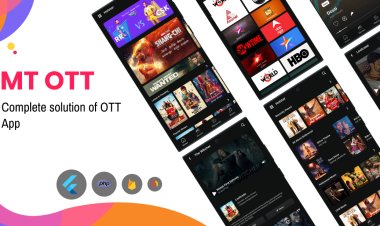Complete Information About Pharmacy App Development?
How to make a Pharmacy App? How much does it cost to make a Pharmacy App? Pharmacy App Development Scenario?
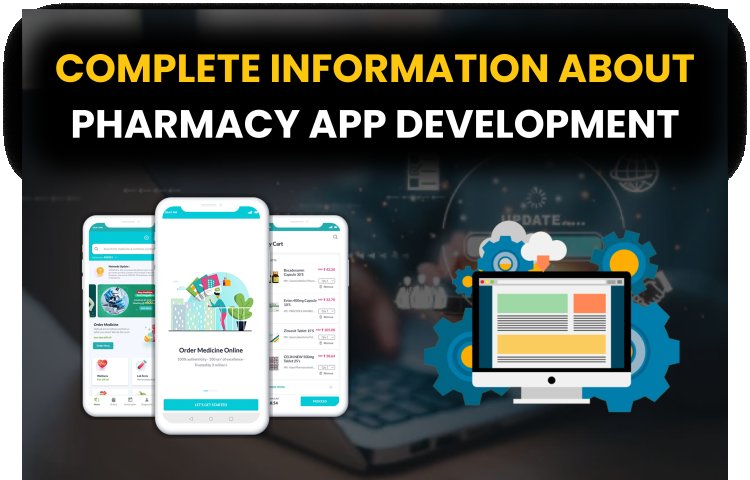
Building an online Pharmacy App is a great initiative and approach for targeting your users and to grow your business. Pharmacy apps are very popular and useful for the end user as they attract customers very well.
Pharmacy apps are rising rapidly in recent years. It allows sellers to establish digital footprints to target their audience. It allows customers to order online through a digital platform and receive your medicines at your doorstep. Technology has become an integral part of the healthcare industry. The rise of pharmacy apps has revolutionized the way we access medications and healthcare services.
These apps provide a convenient platform for users to order prescriptions and access valuable health information. In this blog, we will delve into the world of pharmacy app development, exploring the key components, features, and considerations involved in building a successful pharmacy app.
Understanding the Pharmacy App
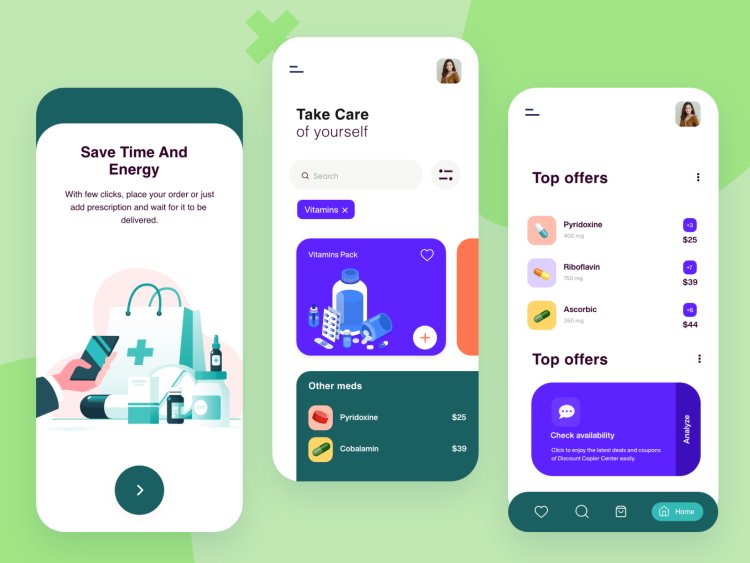
Pharmacy apps are mobile applications designed to provide various services and information related to pharmacies, medications, and healthcare. These apps are typically available for download on smartphones and tablets and serve a range of purposes to help both consumers and healthcare professionals.
Some popular pharmacy apps are Pharmeasy, Practo, Netmeds, 1mg, Medlife, Apollo Pharmacy 247, MedPlus Mart, MediBuddy, Healthmug, and many more. These apps are very popular and available on Android and IOS both platforms. Pharmeasy is the leading medicine app which operates in various big cities. 1mg is also very popular in India and has more than 10 million downloads. It provides all kinds of healthcare related products on its platform.
The Growing Importance of Pharmacy Apps

Before we dive into the intricacies of pharmacy app development, let's take a moment to understand why these apps have become essential in modern healthcare:
- Convenience: Pharmacy apps provide users with the convenience of ordering prescriptions from the comfort of their homes. They can also access medication information and all related information, to make it easily to understand and manage their healthcare.
- Time Efficiency: The ability to order refills and prescriptions online eliminates the need to visit a physical pharmacy, saving users valuable time and energy.
- Health Information: Many pharmacy apps offer information about medications, their side effects, and potential interactions. This empowers users to make informed decisions about their health or not be misleading.
Key Features of a Pharmacy App

- User-Friendly Interface: User interface is crucial for a pharmacy app. Users should be able to operate the app effortlessly and quickly find the information or services they need.
- Secure User Profiles: Powerful security measures, including secure user profiles and data storage, are essential to protect users' sensitive health information.
- Prescription Upload: Users should be able to upload their prescriptions, either by scanning or taking a picture. This feature is fundamental for ordering medications.
- Medication Information: Provide detailed information about each medication, including dosage, side effects, and potential interactions. This information should be reliable and up-to-date.
- Medication Reminders: Implement a medication reminder feature to help users stick to their prescribed treatment plans.
- Order and Delivery Tracking: Users should be able to track the status of their orders and deliveries in real-time, ensuring transparency and reliability.
- Payment Integration: Secure payment gateways should be integrated to facilitate easy and safe transactions.
- Consultation Services: Some pharmacy apps offer online consultation services with pharmacists or healthcare professionals. This adds value and can be a significant differentiator.
- Customer Support: Responsive customer support is vital to address user inquiries, issues, and concerns promptly.
- Category-wise browsing with advanced search filters: You can browse or sort things you are searching for. It directly improves user engagement.
Development Cost of Pharmacy Apps
Generally, the cost of developing a pharmaceutical app varies widely depending upon various factors like app design, app complexity, features and functionalities, location of developers, updates and maintenance and so on. Developing a clone app costs approx 1.2 to 2 lakhs. And as your requirement increases, the price will also increase. For building such types of apps explore meratemplate.com. All factors will affect the cost directly or indirectly. Here are some of the key factors that can influence the cost of developing a pharmacy app:
- App Features: The complexity and the number of features you want to include in your pharmacy app will directly impact the cost. Common features may include medication catalog, prescription management, refill requests, medication reminders, user profiles, payment processing, and more.
- Platform: Whether you want to develop the app for a single platform (IOS or Android) or both will affect the cost. Developing for both platforms will generally cost more than developing for a single platform.
- Design and User Interface: The quality and complexity of the user interface (UI) and user experience (UX) design will impact development costs. A more accurate and user-friendly design typically requires more resources.
- Integration: If you plan to integrate the app with third-party systems or services like pharmacy databases, payment gateways, health record systems, and many more, it can add to the development cost.
- Security: Healthcare and pharmacy apps need to stick to strict security and standards.
- Location of Development Team: The location of your development team can significantly influence costs. Developers in countries with lower labor costs may offer more cost-effective solutions.
- Maintenance and Support: Ongoing maintenance and support costs should also be factored in, as you'll need to update the app, fix bugs, and make improvements over time.
- Testing and Quality Assurance: Testing and quality assurance are essential for healthcare apps. Testing costs can vary depending on the app's complexity.
- Regulatory Compliance: If your pharmacy app falls under healthcare regulations, compliance with these regulations will add to the development cost.
- Third-Party Services: Costs may also arise from using third-party services or APIs for specific features in your app.
- Project Timeline: A shorter development timeline may require more resources and therefore increase costs.
In conclusion, pharmacy app development is not only about creating a convenient platform for users but also about contributing to the digital transformation of the healthcare industry. After considering key features, your pharmacy app can offer a valuable service that promotes medication, enhances the user experience, and contributes to better health outcomes. As technology continues to evolve, pharmacy apps will remain a crucial tool for modern healthcare delivery, bridging the gap between patients and their prescriptions.
So, build your dream pharmacy apps to focus on regular updates and maintenance. It improves the app experience and overall growth of that particular app.
------------------------------------------------------------------------------------
- Contact us: 8888647482
- Email id: sunil@meratemplate.com
- Telegram - https://t.me/sunilyadavtutorial
- Youtube - https://www.youtube.com/c/MeraTemplate
Thank you so much for taking the time to read my article.
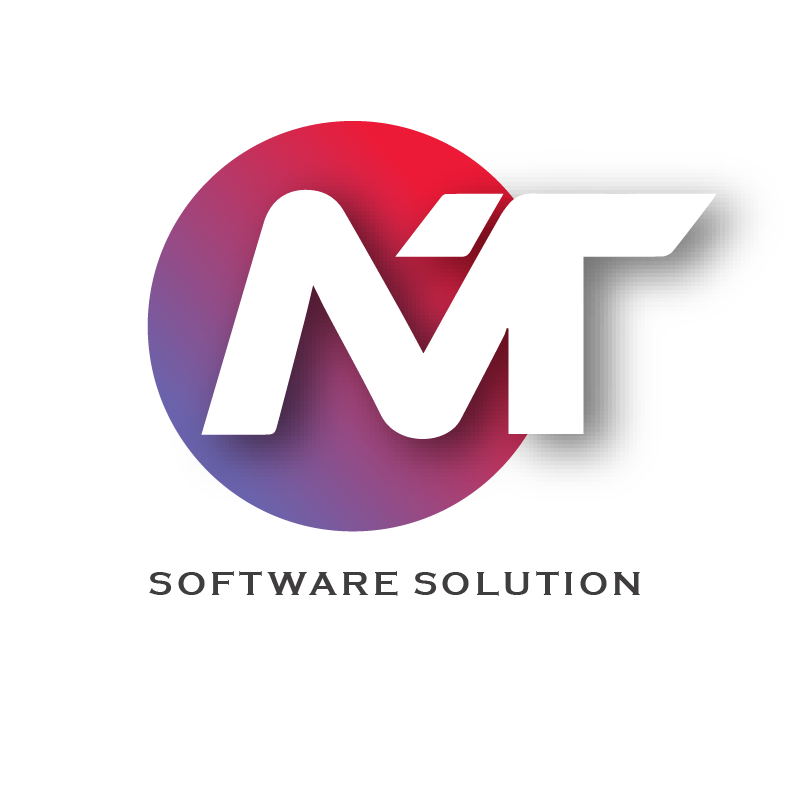



 Mera Template
Mera Template 


































